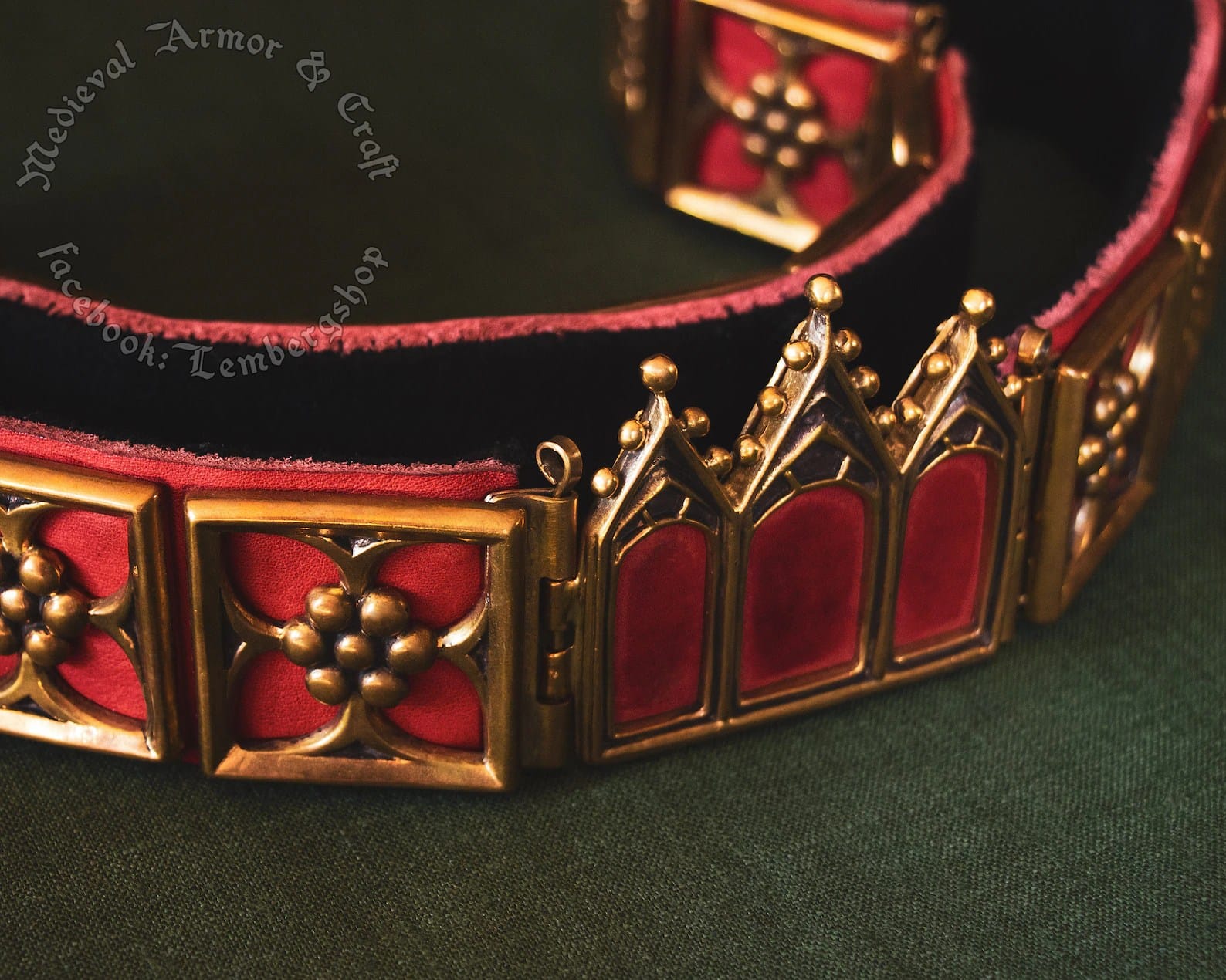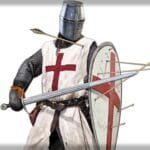Uncovering the Mystery of the Teutonic Knight Belt
The Teutonic Knight belt: a seemingly minor detail in the grand tapestry of medieval history. Yet, this simple object held deep significance for the warrior monks who wore it. While the iconic white surcoat with its bold black cross often overshadows other elements of their attire, the Teutonic Knight belt played a crucial role, both practically and symbolically.
Beyond the Cross: Function and Symbolism
Imagine the life of a Teutonic Knight: clad in heavy chainmail, wielding weaponry, and engaging in intense combat. A sturdy belt was not a luxury but a necessity. While specific details about these belts are scarce, we can infer their likely characteristics based on broader medieval military practices and period artwork.
Practicality First:
- Supporting the Weight of War: Belts, likely crafted from thick leather, were essential for supporting the weight of the knight’s armor and weaponry. They helped distribute the burden of chainmail, swords, and daggers, allowing for greater mobility and endurance on the battlefield.
- A Place for Every Tool: Belts provided a secure and accessible way to carry essential items. Swords, daggers, and maces could be hung from the belt, ensuring they were within easy reach during combat.
A Silent Declaration:
- A Badge of Belonging: While the exact designs of Teutonic Knight belts remain largely unknown, they likely incorporated the Order’s signature black cross pattée. This emblem, a variation of the Maltese Cross, served as a powerful visual marker, instantly identifying the wearer as a member of this elite group.
- Rank and Recognition: Much like modern military uniforms use insignia to denote rank, Teutonic Knight belts may have varied in design and ornamentation to reflect the wearer’s status within the Order. More elaborate buckles, precious metals, or intricate engravings could have signified higher-ranking knights.
From Battlefield to Modern Day: The Evolving Image
Over time, the design of Teutonic Knight belts likely evolved alongside advancements in armor and weaponry. Early belts, probably made from simpler materials like leather or woven wool, had to be reinforced as armor became heavier and more complex with the introduction of plate mail.
While historical evidence remains limited, modern depictions in movies, video games, and historical reenactments often portray Teutonic Knight belts with a degree of artistic license. These representations, though visually compelling, should be approached with a discerning eye, recognizing that they prioritize entertainment value over historical accuracy.
The challenge for historians and enthusiasts alike lies in separating fact from fiction. Ongoing research continues to unearth new insights into the Teutonic Order and their equipment. Until more concrete evidence emerges, the specific details of their belts remain an intriguing puzzle waiting to be solved.
A Legacy Woven in Leather and Steel
Although much about the Teutonic Knight belt remains shrouded in the mists of time, its importance as both a practical tool and a powerful symbol cannot be overstated. It represents the duality of the Teutonic Knights themselves – warriors bound by faith, their lives a complex blend of battlefield pragmatism and unwavering religious devotion. The belt, though a seemingly small detail, offers a tangible link to their world, reminding us that even the most mundane objects can hold profound historical and cultural significance.
Internal Links:
Are you ready to learn what treasures the Teutonic Order has forgotten? Find out at the pizarro’s gold collection at our eshop!












